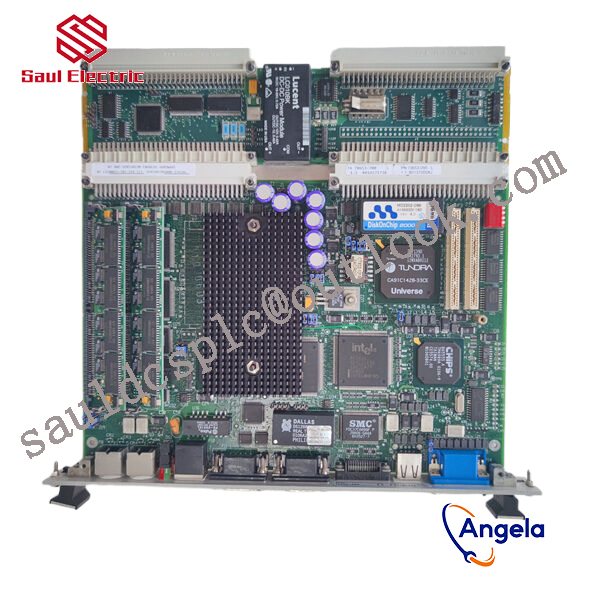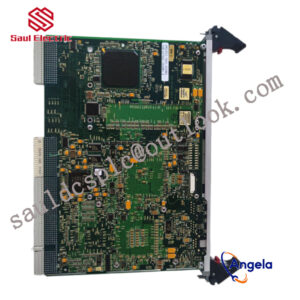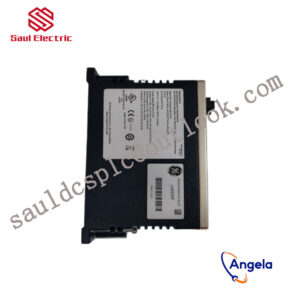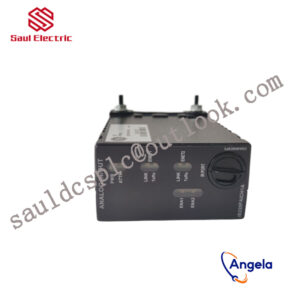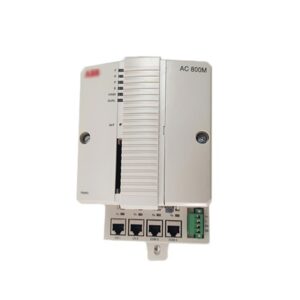Description
9907-055 From Woodward, USA
Non differential regulation is mainly used for constant speed control and is suitable for single machine operation or multiple prime movers working together in an isolated power grid. Differential regulation provides more control flexibility.
further enhancing its performance and application range.
rich additional functions, and high-precision output signals. Whether it is in the fields of generator sets, compressors, pump stations, or ships and locomotives, it can effectively ensure the stable operation of equipment within the set range.
power measurement level 1, editable screen, multi interface toolkit connection, etc. All details can be found in Woodward easyYgen manual 37582A
The rated operating temperature range of this model is -20 to 70 ° C; the rated temperature range of the LT model is -40 to 70 ° C, suitable for outdoor use.
9907-055 is equipped with a monitor (not available on the 3100 model) and is designed for front panel installation.
The built-in HMI has a color LCD and soft keys (now with dedicated buttons) for direct control of the 9907-055 device. Multi level password protection can prevent unauthorized changes.
The generator set has four operating modes and the option to configure a manual circuit breaker control device.
How to use 9907-055?
What is 9907-055 used for?
9907-055 Customs Code
Thanks to the flexibility provided by KUKA, the Jeep Wrangler”s body-in-white production workshop has become an industry model in terms of system networking and process control. On a production line, a car body can be produced every 77 seconds – regardless of model or version. Day after day, 24 hours a day, it has been safe and reliable for 10 years.KUKA uses Windows Embedded and Microsoft SQL Server to integrate 259 workshop robots and 60,000 other devices with efficient back-end monitoring systems and upper-level data processing systems, thus giving birth to the “Internet of Things Box”. Based on this solution, Jeep Wrangler can produce more than 8 different models, with a daily production volume of more than 830 bodies.Specifically, the 259 robots on the shop floor are connected to 33 control points, connected to the main controller and the Microsoft SQL Server server farm. The SQL Server server farm is used to manage production data, and it also shares data with the manufacturing execution system. Other SQL Server server farms support SAP enterprise resource management systems and quality assurance systems.The system architecture supports the connection of 60,000 devices in the production line, such as welding and sealing equipment, through 1,444 network nodes. KUKA also uses Microsoft SharePoint Server 2010 for facilities management.This intelligent system generates a huge amount of data every day. KUKA analyzes this data to provide unprecedented insights into factory operations, change the operating trajectory of the production line in real time, and bring great production flexibility to Jeep production.Based on a compact and flexible workshop management environment, the system can quickly adjust production parameters and respond to changes in production needs in a timely manner. With the support of flexible systems, the Wrangler can realize 8 different product types, including left-hand drive or right-hand drive, two-door or four-door, full-door or half-door, etc.For many years, this equipment has been a model of the most efficient body production line in the American automotive industry and has become a pathfinder in the Industry 4.0 era. To this day, in almost minutes, 1.5 million Jeep Wrangler body-in-whites are produced on seven assembly lines – whether it is a classic two-door car or a four-door Wrangler Unlimited series.With many practical applications of the Internet of Things in the automotive industry, KUKA has further launched the IIoT industrial cloud platform KUKA Connect, which allows users to view and analyze the operating status of industrial robots at any time and anywhere. KUKA Connect is a monthly subscription service that allows you to obtain related functions and services without installing software. The Connect platform also provides industrial APPs from third-party partners to create an industrial ecosystem around KUKA robots. KUKA Connect currently has two versions: KUKA Connect Lite and KUKA Connect Plus.ABBOn January 1, 2017, ABB completely streamlined its business divisions and created a market-oriented structure of four major divisions, namely electrical products, robotics and motion control, industrial automation and power grid divisions.China is the world”s largest production base for ABB robots and the market with the largest sales volume. ABB Group said that by focusing on the fast-growing robot market and making full use of ABB”s technology platform and global scale, the company aims to improve its leading position from the current second place to first in this highly attractive market. Bit.ABB is not lenient when it comes to investing in the Internet of Things. ABB has previously explained to the industry its unique insights into smart manufacturing, that is, the integration of “Internet of Things (IoT)”, “Internet of Things (IoS)” and “People” into “things, services and people”. ABB’s future strategy for “Internet of Things (IoTSP)”.ABB believes that if each robot can store and analyze its own data, it will bring unexpected benefits, so that the robot can “smartly” communicate data with other connected devices. For example, this means that ABB no longer needs to continue to use the old foolproof maintenance order: “The robot must be shut down for maintenance after 10,000 hours of operation.” Instead, the industrial robots themselves can monitor their own actual usage and report on performance. Moreover, ABB can also flexibly arrange maintenance of robots in their spare time based on the robot”s daily usage records to avoid hindering production operations. The future is perfect. ABB has discovered and solved the robot”s problems before they develop into problems. [!–empirenews.page–]During the celebration of its 125th anniversary, ABB further announced the “ABB Ability” digital solution, integrating the existing ABB product portfolio and service solutions, covering all customer industries.
5403-616 WOODWARD Speed Sensor Full Series
5461-086 WOODWARD Speed Sensor Full Series
5462-472 Generator Parts Speed Controller 2301A Speed
5463-780 From Woodward, USA
5500-510 From Woodward, USA
5461-651 Generator Parts Speed Controller 2301A Speed
8239-008 WOODWARD generator set speed control board
5464-648 Controller debugger generator WOODWARD
9905-971 WOODWARD Speed Sensor Full Series
5448-906 From Woodward, USA
8440-1706 Controller debugger generator WOODWARD
5484-875 From Woodward, USA
8444-1067 WOODWARD Speed Sensor Full Series
5462-944 WOODWARD generator set speed control board
5437-843 WOODWARD generator set speed control board
5464-659 From Woodward, USA
8272-447 From Woodward, USA
SPM-D11 8440-1706B Generator Parts Speed Controller 2301A Speed
9905-969 Generator Parts Speed Controller 2301A Speed
9907-802 WOODWARD 2301A Speed Control Controller
5437-844 WOODWARD 2301A Speed Control Controller
8580-071 WOODWARD generator set speed control board
5461-292 Controller debugger generator WOODWARD
5461-770 Generator Parts Speed Controller 2301A Speed
8273-126 WOODWARD generator set speed control board
5460-836 WOODWARD generator set speed control board
8444-1092 WOODWARD generator set speed control board
5437-844 Generator Parts Speed Controller 2301A Speed
9906-707 Generator Parts Speed Controller 2301A Speed
9907-018 WOODWARD 2301A Speed Control Controller
9904-060 Controller debugger generator WOODWARD
9905-760 WOODWARD 2301A Speed Control Controller
5441-597-B Generator Parts Speed Controller 2301A Speed
SPM-D11 8440-1706 WOODWARD 2301A Speed Control Controller
8516-038 WOODWARD generator set speed control board
5453-754 WOODWARD Speed Sensor Full Series
8239-006 Generator Parts Speed Controller 2301A Speed
1790-9026 WOODWARD Speed Sensor Full Series
8271-147 WOODWARD generator set speed control board
5421-123 WOODWARD generator set speed control board

